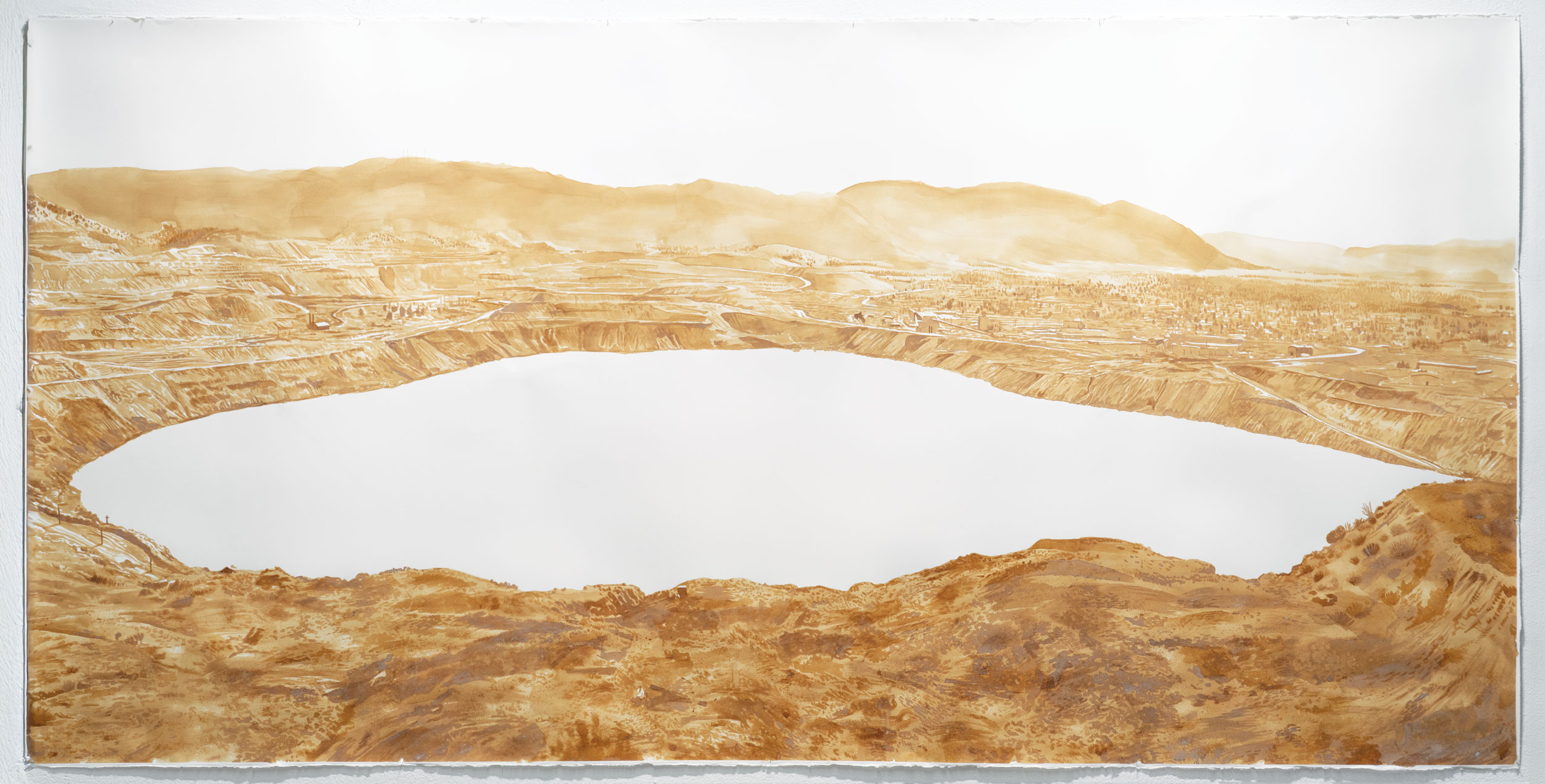
The outspoken union organizer Frank Little was lynched in Butte, Montana in 1917 during rising tensions between mining companies and the workers. A note was pinned to his body with the numbers 3-7-77, which was a frequently used and enigmatic code for vigilantes. The idea of frontier, vigilante justice is so ingrained in Montana that their highway patrol patch has “3-7-77” embroidered on it—aligning the law enforcement agency with a history of lawlessness, assassinations, secrecy, and terrorism.

The outspoken union organizer Frank Little was lynched in Butte, Montana in 1917 during rising tensions between mining companies and the workers. A note was pinned to his body with the numbers 3-7-77, which was a frequently used and enigmatic code for vigilantes. The idea of frontier, vigilante justice is so ingrained in Montana that their highway patrol patch has “3-7-77” embroidered on it—aligning the law enforcement agency with a history of lawlessness, assassinations, secrecy, and terrorism.

The Berkeley Pit in Butte, Montana is a flooded, defunct copper mine. Its acidic waters are laced with heavy metals and rare earth elements and have claimed the lives of thousands of waterfowl.

In 1917, the Speculator Fire disaster claimed the lives of 168 miners, spurring renewed unionizing fervor and bringing the labor organizer Frank Little to the region who was later lynched. The company always had to rationalize the loss of life as the cost of business.
By depressing the telegraph keys, the electrical circuit that carries the audio signal through the pennies is completed and sound emerges from the neighboring speaker.
Copper Ouroboros weaves together the geography, culture, ecology, economics, politics, and history of copper mining in Butte, Montana. The full video is 20:36.
Link to projectI collected sounds from the Ringing Rocks of western Montana—a unique geologic phenomena (there are only three similar locations in the world) where the rocks chime like bells with struck. In nearby Butte, Montana sits the Berkely Pit, a large open-pit mine where copper and other mineral were harvested since the late 19th century. The New Songs for Butte Mining Camp, published in 1917, contains only lyrics and relied heavily upon traditional folk tunes familiar to the miners. The songs were about union solidarity, better pay, and better living and working conditions for the miners. Using the sounds of the Ringing Rocks, I have recreated some of the miners' songs, allowing the sounds of stones being struck to echo the conflicts between the workers, the industrialists, and the environment.
Link to projectI collected sounds from the Ringing Rocks of western Montana—a unique geologic phenomenon (there are only three similar locations in the world) where the rocks chime like bells with struck. In nearby Butte, Montana sits the Berkely Pit, a large open-pit mine where copper and other mineral were harvested since the late 19th century. The Pit now is encircled by sonic deterrent devices called "wailers" that play bird distress calls and alarms to scare off waterfowl from the polluted waters below.
The New Songs for Butte Mining Camp, published in 1917, is a booklet of protest songs about union solidarity, better pay, and better living and working conditions for the miners. Using the sounds of the Ringing Rocks, I have recreated some of the miners' songs, allowing the sounds of stones being struck to echo the conflicts between the workers, the industrialists, and the environment—all played from a wailer as a warning.
Link to project
This painting includes a lyrics page from New Songs for Butte Mining Camp, a book of protest songs for mining unions. Sulfuric acid (the ochre colors in the paintings) is the byproduct of extracting copper nanoparticles from copper sulfate. This acid was also commonly used in heap leaching. Copper oxide (the blue color seen in the paintings) was created by marinating copper plates in a bath of vinegar—about the same pH value as the water in the Berkeley Pit. These paintings are constantly changing as the acid and oxide both crystalize and slowly dissolve the cotton paper.

This memorializes the thousands of snow geese that died after landing in The Berkeley Pit—a defunct open-pit copper mine—during a brutal 2016 winter. The toxic waters cauterized their insides. Sulfuric acid (the ochre colors in the paintings) is the byproduct of extracting copper nanoparticles from copper sulfate. This acid was also commonly used in heap leaching. Copper oxide (the blue color seen in the paintings) was created by marinating copper plates in a bath of vinegar—about the same pH value as the water in the Berkeley Pit. These paintings are constantly changing as the acid and oxide both crystalize and slowly dissolve the cotton paper.

This memorializes the thousands of snow geese that died after landing in The Berkeley Pit—a defunct open-pit copper mine—during a brutal 2016 winter. The toxic waters cauterized their insides. Sulfuric acid (the ochre colors in the paintings) is the byproduct of extracting copper nanoparticles from copper sulfate. This acid was also commonly used in heap leaching. Copper oxide (the blue color seen in the paintings) was created by marinating copper plates in a bath of vinegar—about the same pH value as the water in the Berkeley Pit. These paintings are constantly changing as the acid and oxide both crystalize and slowly dissolve the cotton paper.